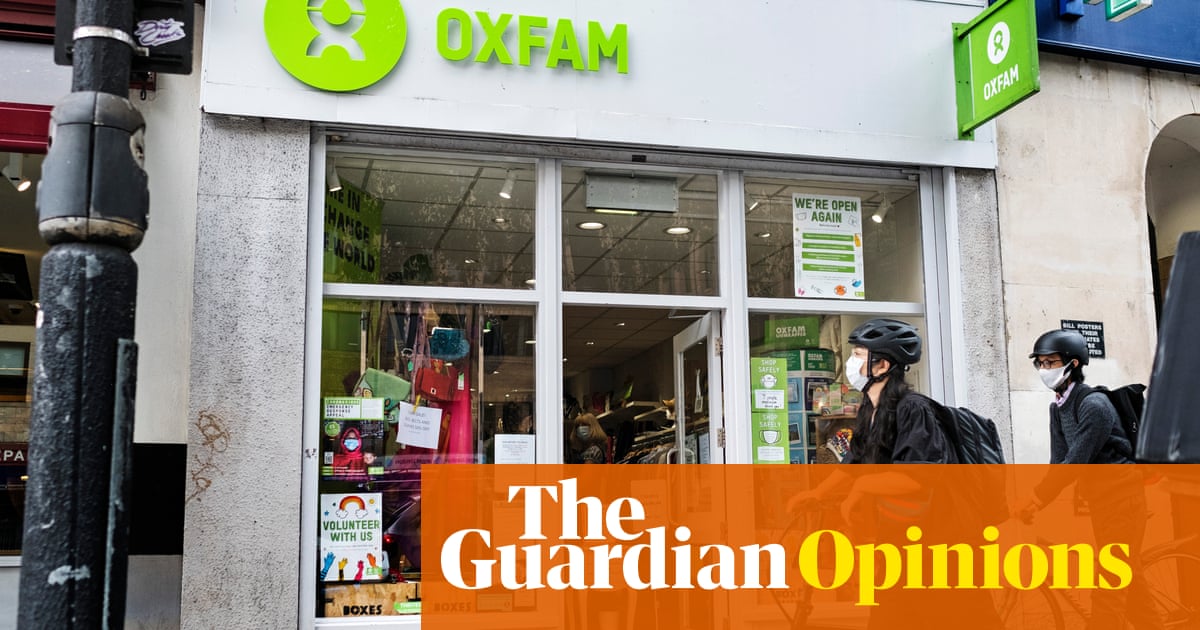
The Gaza Strip, run by Hamas movement, is a poverty-stricken and overcrowded Palestinian coastal enclave, a new report by Agence France-Presse (AFP) revealed.
For more than a week the Gaza border with Israel has been the site of protests where Israeli occupation forces opened fire on March 30, killing 19 Palestinians and wounding hundreds.
It was the bloodiest day in the enclave since a 2014 war, and since then 11 more Palestinians have been killed, including a journalist, by occupation forces while demonstrating for the right of return of Palestinian refugees along the border.Cramped enclave
Situated on the Mediterranean coast, between Israel and Egypt, Gaza is home to around 2 million Palestinians.
They live in a cramped area of just 362sq.m, making it one of the most densely populated territories on the planet.
After the Arab-Israeli war of 1948-1949 and the formation of the state of Israel, Gaza came under Egyptian administration, but was never annexed.
Israel seized the territory from Egypt during the June 1967 War.Shut-in
On September 12, 2005, Israel pulled out all of its soldiers and settlers from Gaza in a unilateral move, which ended 38 years of occupation.
In the summer of 2006, following the capture of an occupation force soldier by Hamas, Israel imposed a blockade on Gaza which was tightened a year later after the resistance group forcibly ousted troops loyal to Palestinian president Mahmoud Abbas’s Fateh faction.
In 2013, the only entrance to Gaza not controlled by Israel, Rafah, was almost completely closed by Cairo.45 percent unemployment
According to the World Bank, Gaza’s GDP losses caused by the Israeli blockade are estimated at more than 50 percent.
The Gaza Strip has almost no industry, and it suffers from a chronic lack of water and fuel.
Unemployment stands at 45 percent and more than two-thirds of the population depends on humanitarian aid.
A reconciliation deal in October 2017 between Hamas and the Palestinian Authority generates tentative hope that conditions in the enclave will improve.
But the discussions are at a standstill with both sides refusing to take responsibility for the failure.
In January 2018, the UN Middle East peace envoy Nickolay Mladenov warned that the Gaza Strip was on the verge of “full collapse”.
A meeting of donors in March greenlighted a project to build a desalination plant in Gaza. More than 95 percent of water in the enclave is unfit for drinking due to overpumping of groundwater.String of Israeli operations
On February 27-March 3, 2008, Israel carried out operation “Hot Winter” following the death of an Israeli from rocket fire from Gaza. More than 120 Palestinians were killed.
Unrest continued — Gaza rocket fire and Israeli attacks — in which hundreds of Palestinians were killed until a truce was concluded in June.
On December 27, 2008 Israel launched a vast air offensive — “Operation Cast Lead” — in a bid to put an end to Hamas rocket fire.
A ceasefire came into force on January 18, 2009 to end the Israeli operation, in which 1,400 Palestinians and only 13 Israelis were killed.
Beginning November 14, 2012, Israel launched “Operation Pillar of Defence” with a missile strike that killed top Hamas commander Ahmed Jaabari. In the ensuing eight-day flare-up, 177 Palestinians and six Israelis were killed before an Egypt-brokered truce took effect.
On July 8, 2014, Israel launched “Operation Protective Edge” against Gaza with the aim of ending rocket fire and destroying smuggling and tunnels dug from the enclave. The war left 2,251 dead on the Palestinian side and 74 on the Israeli side.












